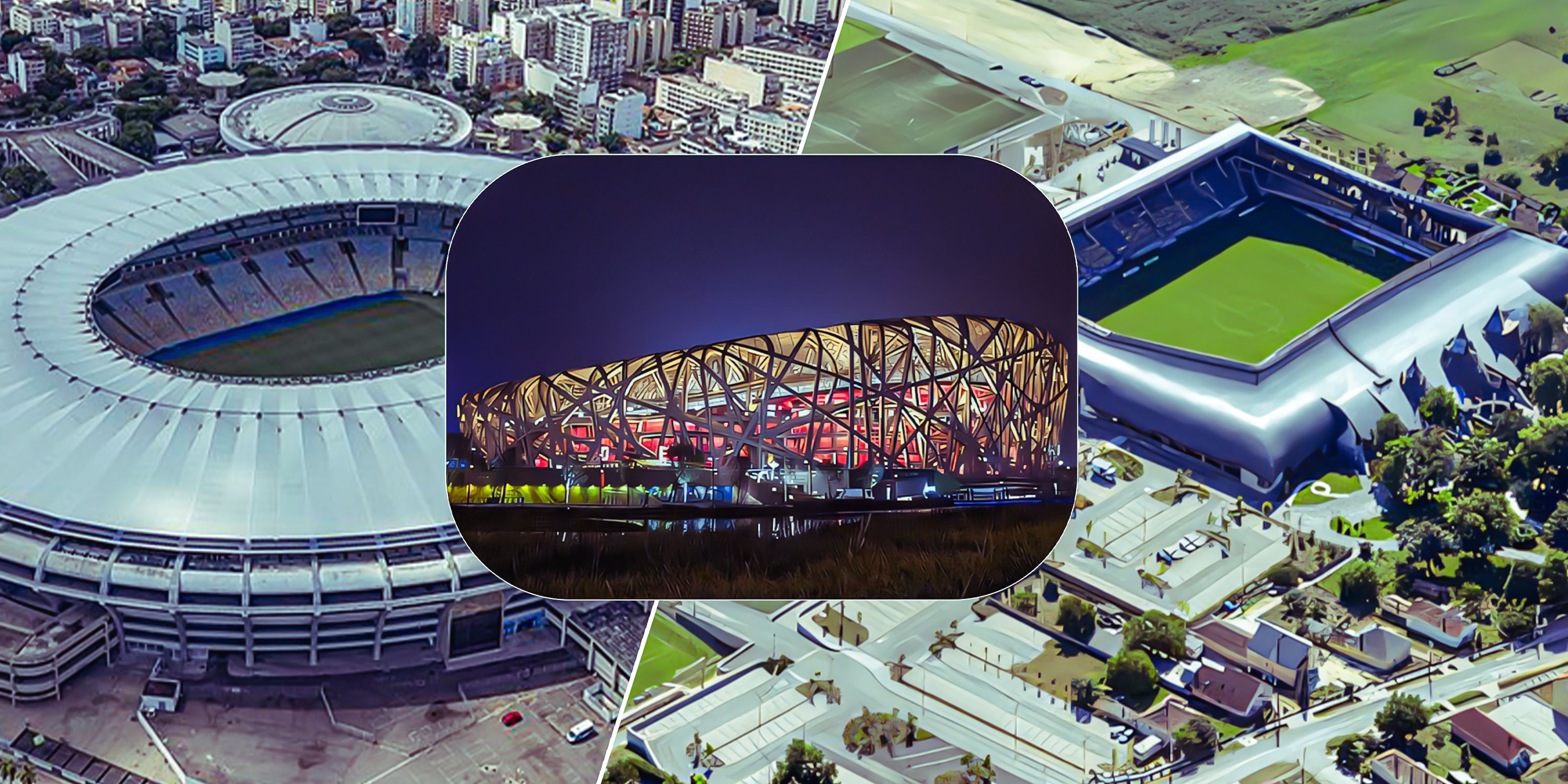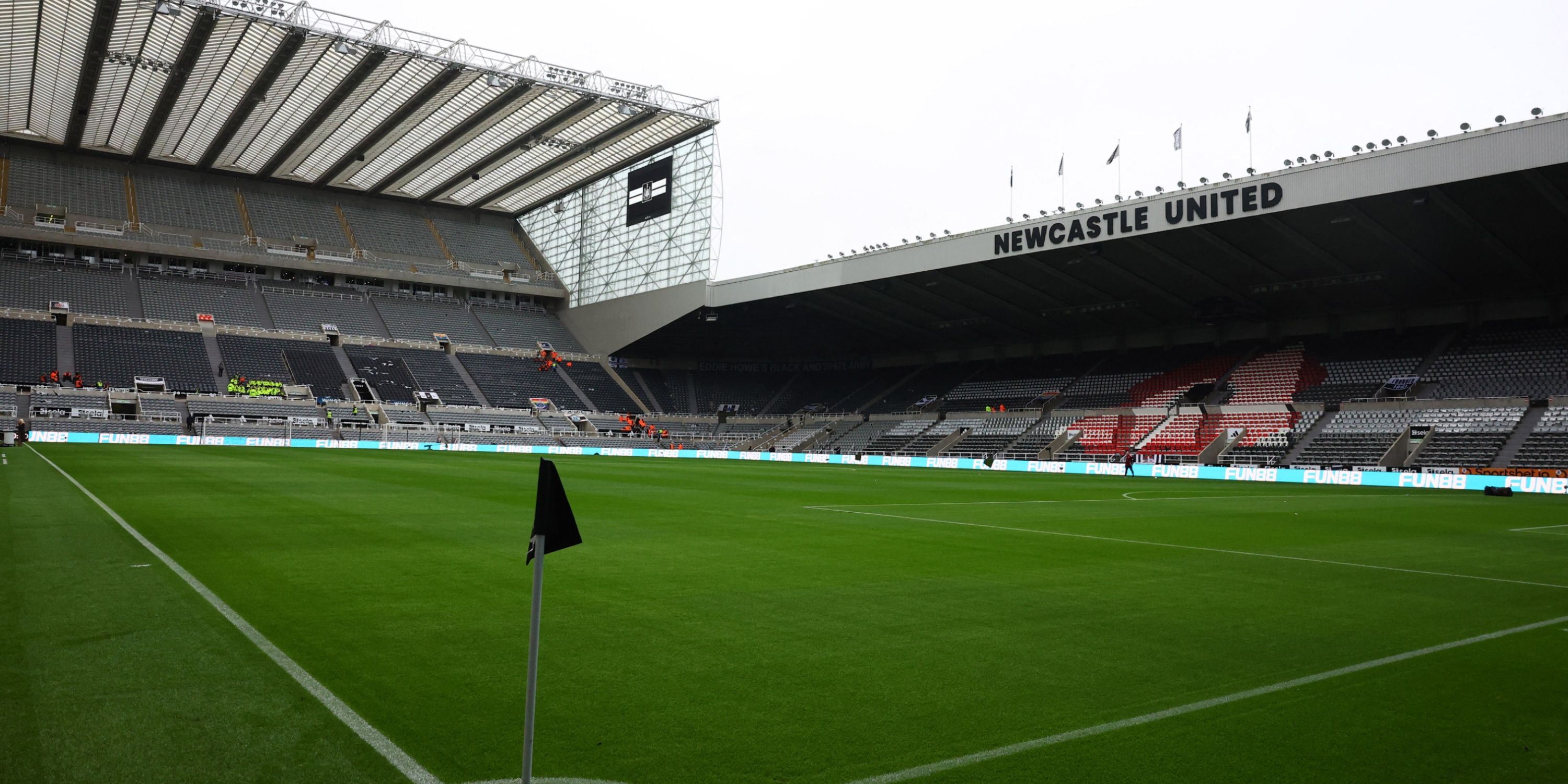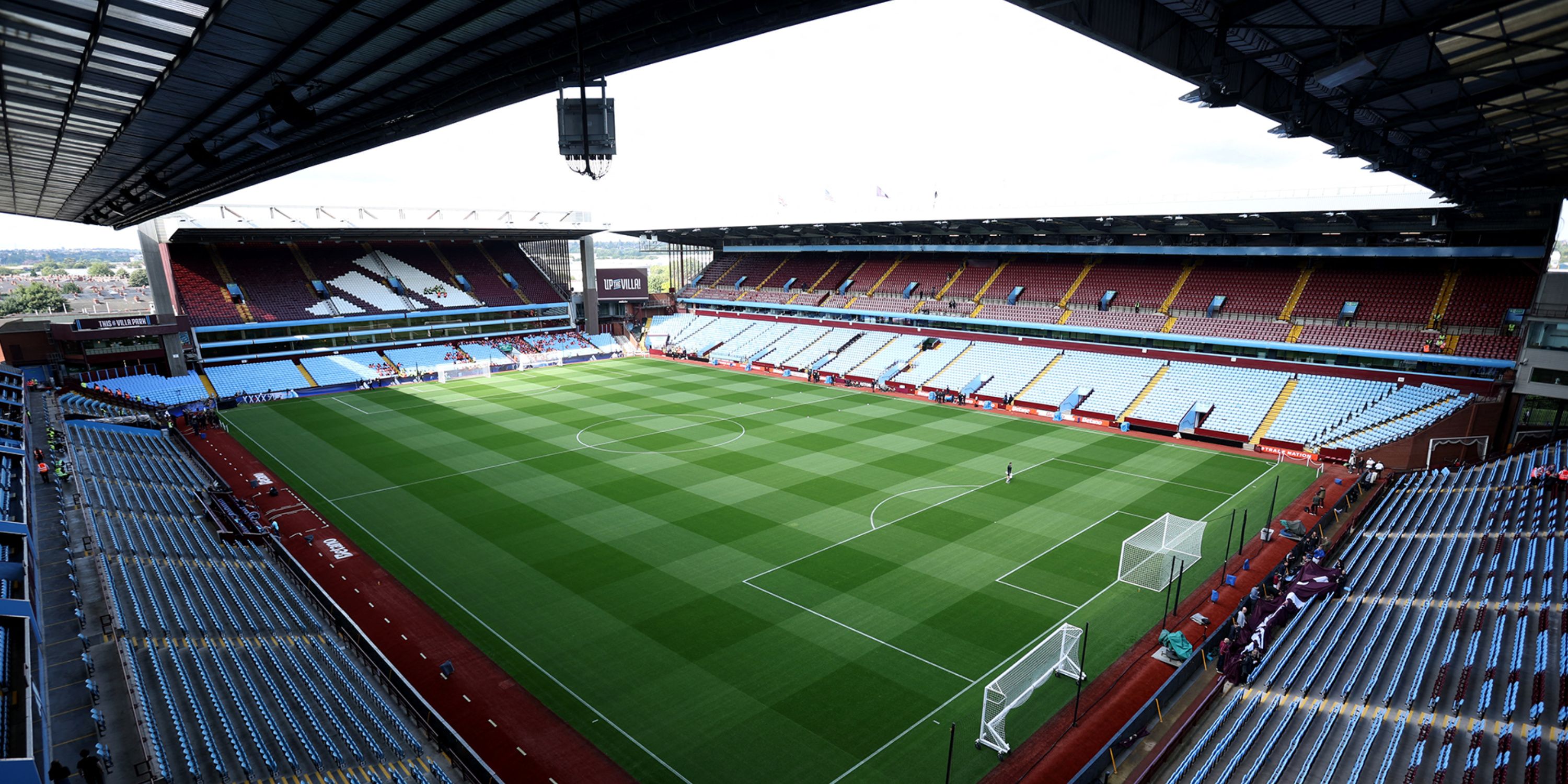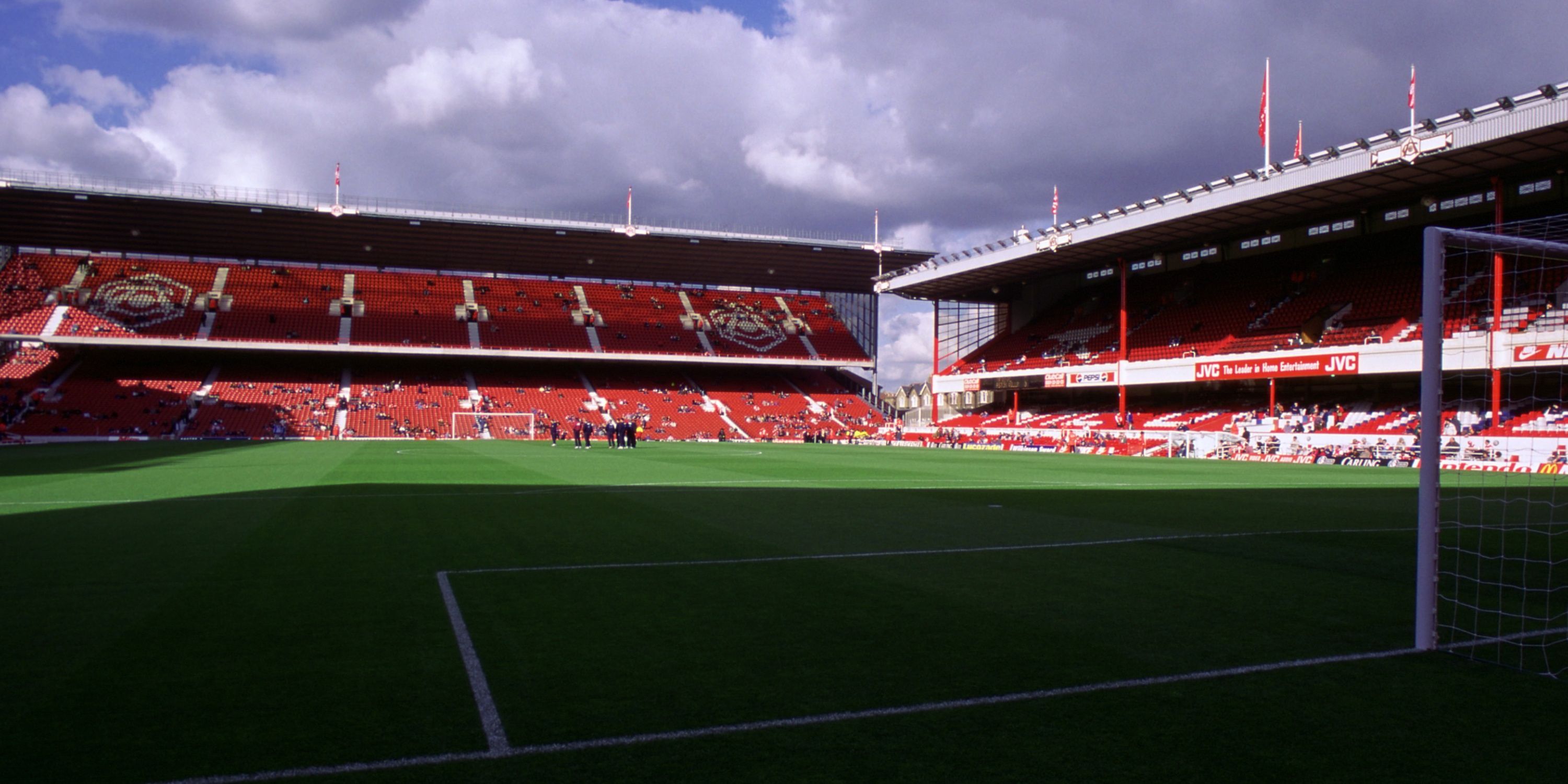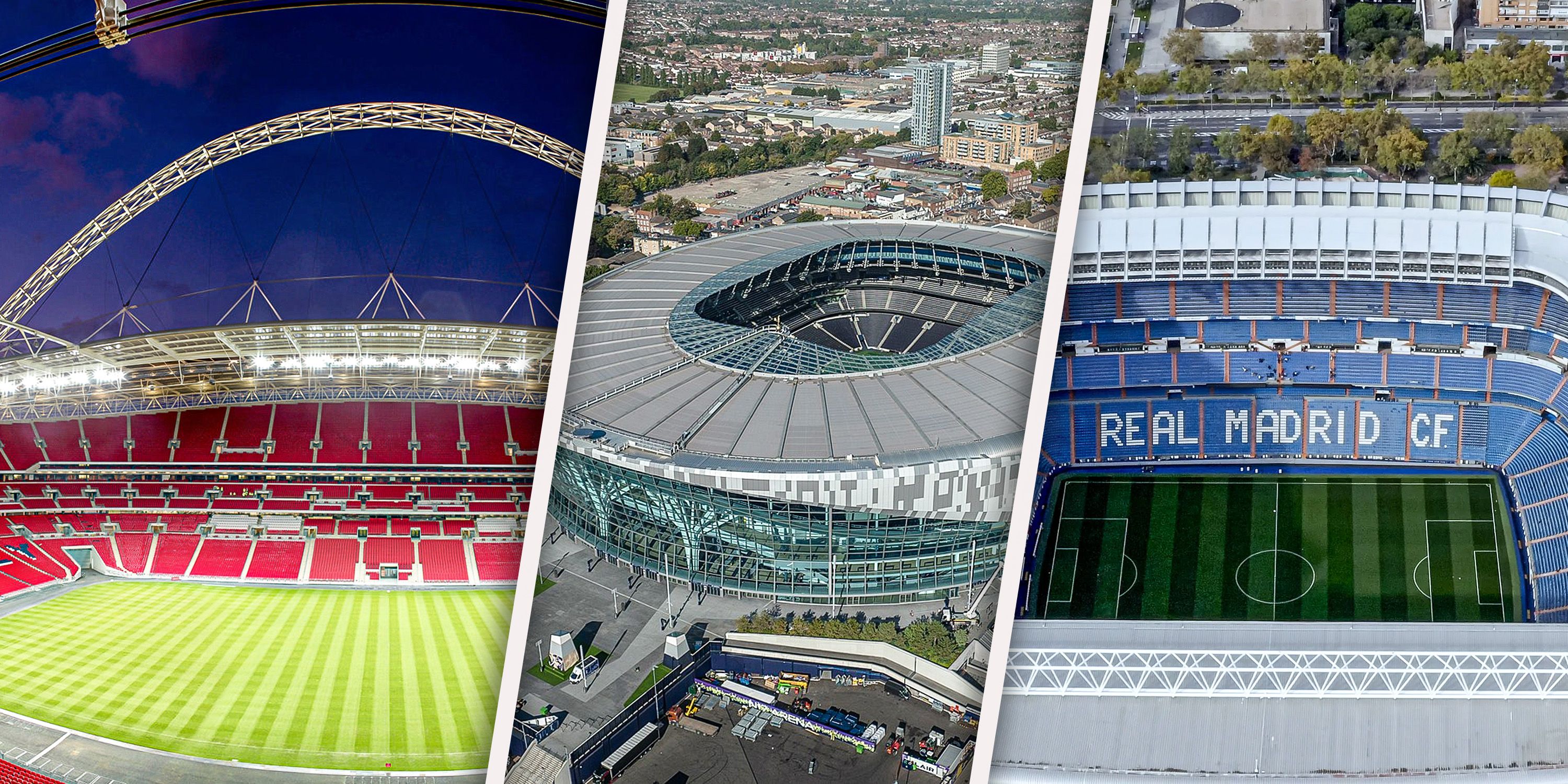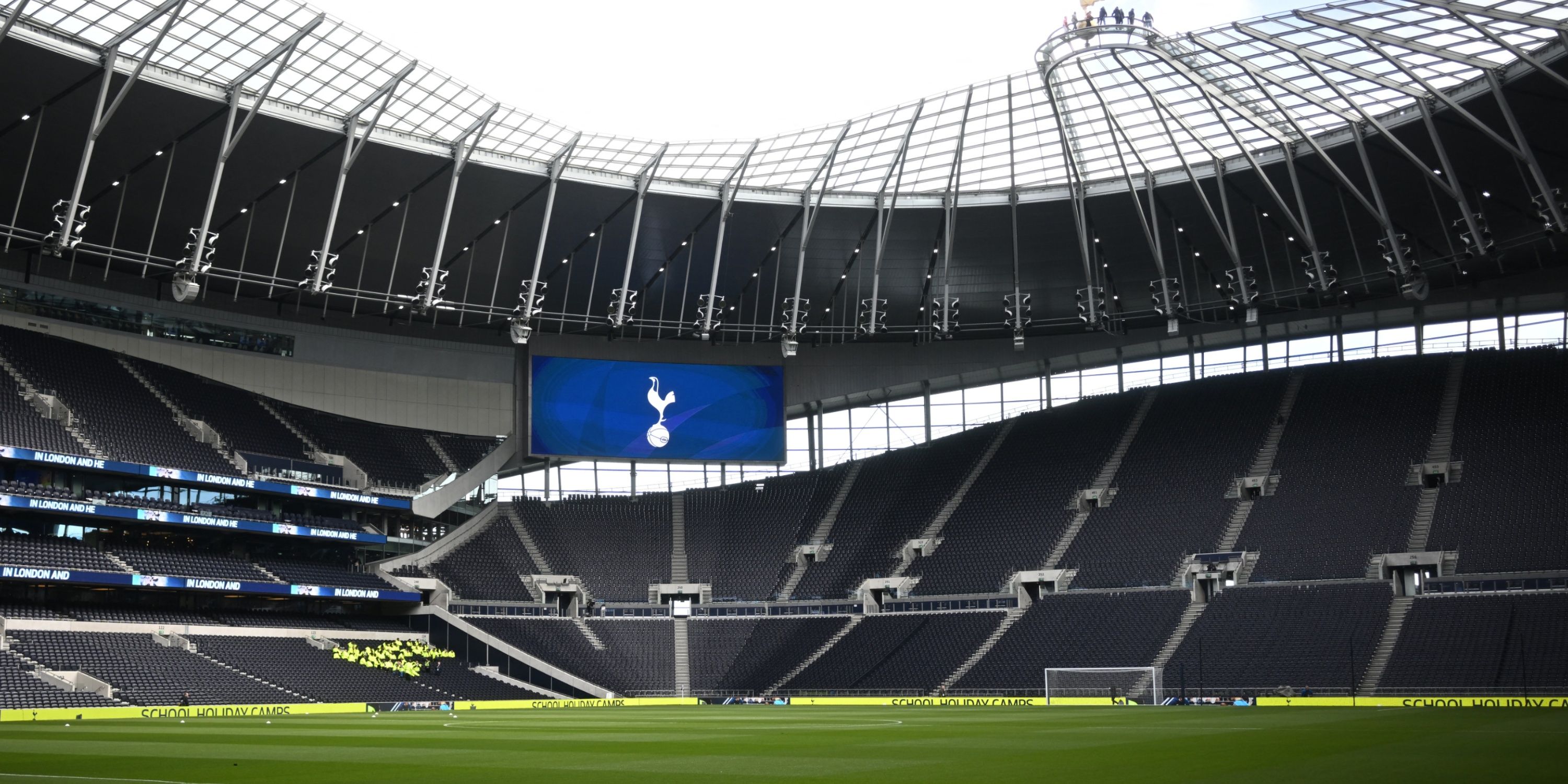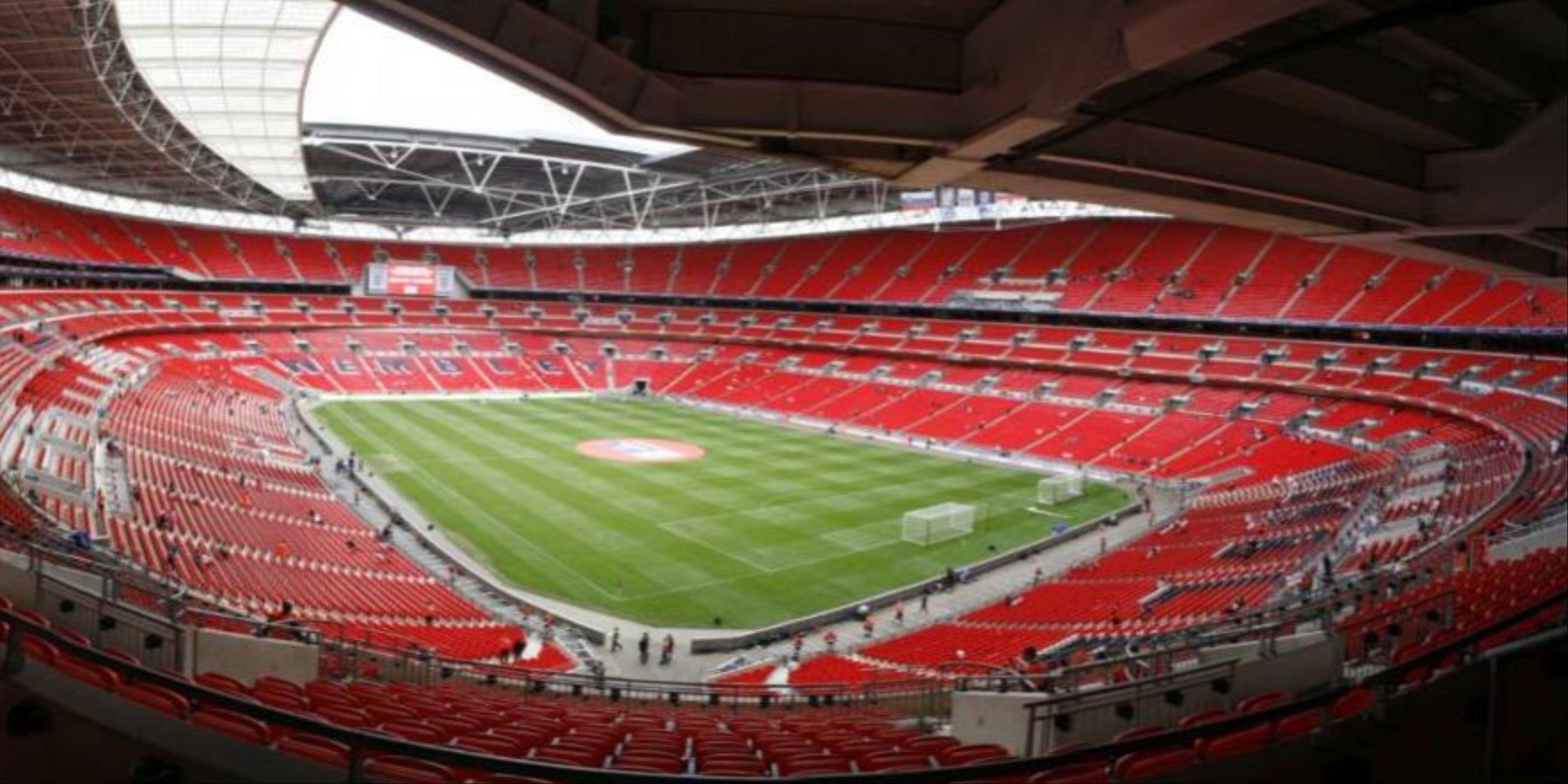British football stadiums have a long history. Preston North End’s Deepdale is believed to be the oldest continuously used stadium in the world, having been built in 1875. While in 2019, Tottenham Hotspur opened their new sixty-thousand seater stadium, which is recognised by many as being one of the most stunning sports grounds in the world.
There are many other candidates to choose from when it comes to ranking the Most Beautiful Stadiums in British Football History. Beauty is, of course, very much in the eye of the beholder. Yet when it comes to picking the number one, a certain ground stood head and shoulders above the rest for us at GIVEMESPORT.
Ranking Factors
When assembling this list, the following factors were taken into consideration.
- Individuality – the aesthetic features that set the stadium apart from others.
- Charm – the part of the stadium or its setting that is charming.
- Joy – with beauty being very much related to joy, the wonderful moments a stadium has provided.

Wolverhampton Wanderers
-
Current capacity: 31,750
-
Highest ever capacity: 61,315 v Liverpool in 193
-
Date stadium was built: 1889

-
Current capacity: 25,486
-
Highest capacity: 42,000 v Tottenham Hotspur in 1970
-
Date stadium was built: 1924

-
Current capacity: 31,876
-
Highest capacity: 31,876 (current)
-
Date stadium was built: 2011
7 St James’ Park
Newcastle United
As away fans will testify, watching at St James’ Park is watching football from the Gods. Such is the high vantage point in the away section, the stadium is not one for those with a fear of heights. There is something grand about St. James’ Park. The seating, faded to slate gray due to the elements, gives off a sense of refinery.
Newcastle have not won as many trophies in the last half a century as a club with its following may have hoped. Yet simply seeing the vastness of the Leazes Stands makes it clear to fans the scale of the stadium and the club.
| St James’ Park facts | |
|---|---|
| Current capacity | 52,350 |
| Highest ever capacity | 68,386 v Chelsea in 1930 |
| Date stadium was built | 1892 |
6 Villa Park
Aston Villa
Aston Villa’s Villa Park is an old-fashioned and elegant stadium. The red brick facade and steps outside the Holte End is more reminiscent of a visit to a stately home than a football stadium. The comparison is apt as this is a ground steeped in history.
Made up of four separate, but closely congregated roofed stands, Villa Park is able to produce a fantastic atmosphere. With supporters still so close to the pitch, it is the perfect blend of history and safe, modern stadium facility.
Over the years, it has been a regular venue for FA Cup semi-finals. It also played host to games in the 1996 World Cup and the 1996 European Championships.
| Villa Park facts | |
|---|---|
| Current capacity | 42,640 |
| Highest ever capacity | 76,588 v Derby County in 1946 |
| Date stadium was built | 1897 |
5 Highbury
Arsenal
Highbury was Arsenal’s home for 93 years between 1913 and 2006 before their move to the Emirates. The ground’s east stand was known for its marble halls. While the stadium itself was instantly recognisable for its analogue clock situated at one end of the stadium.
Highbury was also known for being a quintessential British ground, with four stands hugging the perimeter of what was a relatively small pitch.
Although equipped with a beautifully maintained playing surface, the Highbury pitch measured 109 by 73 yards. Compared to the City Ground, which is 115 by 78 yards, Highbury was small, but perfectly formed.
| Highbury facts | |
|---|---|
| 2006 capacity | 38,419 |
| Highest ever capacity | 73,295 v Sunderland in 1935 |
| Date stadium was built | 1913 |
4 Anfield
Liverpool
Liverpool’s Anfield Stadium is perhaps best known for the Kop end. The Kop is the stand behind the goal where the more vociferous Liverpool fans tend to congregate. In days of old, people used to say such was the volume coming from the supporters they could practically suck the ball into the net.
Anfield has had much redevelopment over the years, but retains its history. One simple, yet iconic feature is the well-known emblem emblazoned ‘This is Anfield’ hanging on the wall in the players tunnel en route to the pitch. When football fans talk about Liverpool and their success, it goes very much hand in hand with Anfield.
| Anfield facts | |
|---|---|
| Current capacity | 61,276 |
| Highest ever capacity | 61,905 v Wolves in 1952 |
| Date stadium was built | 1884 |
3 The Principality Stadium
Wales
The Principality Stadium in Cardiff can produce incredible atmospheres. When it was announced in 2001 it would be the new home of the FA Cup Final there was concern in some quarters. With Wembley being rebuilt, some thought the new ground would not be able to create the setting and atmosphere befitting an FA Cup Final.
They were wrong to have those concerns. The stadium was a fantastic FA Cup Final venue, in many ways enhancing the famous game. With its stands very close to the pitch and its retractable roof, the stadium offered something new and fantastic to the British football stadium scene.
| Principality Stadium facts | |
|---|---|
| Current capacity | 73.931 |
| Date stadium was built | 1999 |
2 Tottenham Hotspur Stadium
Spurs
The Tottenham Hotspur Stadium is the third-largest ground in England, behind Old Trafford and Wembley. It can be difficult for clubs to move to a new ground, especially a well-loved one like White Hart Lane.
Yet for Spurs, the move has been a significant upgrade. The new stadium is practically double in capacity compared to their old one. Also, like White Hart Lane, the fans are right next to the pitch at the Tottenham Hotspur Stadium.
Modern stadiums are sometimes decried for being somewhat bland and soulless, yet this stadium is anything but, making for a wonderful new home for a famous club.
| Tottenham Hotspur Stadium facts | |
|---|---|
| Current capacity | 62,850 |
| Date stadium was built | 2019 |
1 Wembley Stadium
England
From the unobscured views, to the dome-like arena situated right on the pitch edge, Wembley Stadium is a magnificent spectacle. Whereas the old stadium was famous for its twin towers, the newly built version of Wembley is famous for its archway.
Not only is the archway a unique feature, visible to fans on their way to the stadium, it’s also essential. Architecturally, the archway effectively holds the stadium together. The stadium has played host to many big games, from the final of the Euros to the Champions League. Ultimately, it is a venue befitting as the home of English football and considered to be one of the most beautiful stadiums in football history and the 12th-biggest football stadium in the world.
| Wembley facts | |
|---|---|
| Current capacity | 90,000 |
| Highest ever capacity (for the old Wembley Stadium | 126,047 for the 1923 FA Cup Final |
| Date new stadium was built | 2007 |

